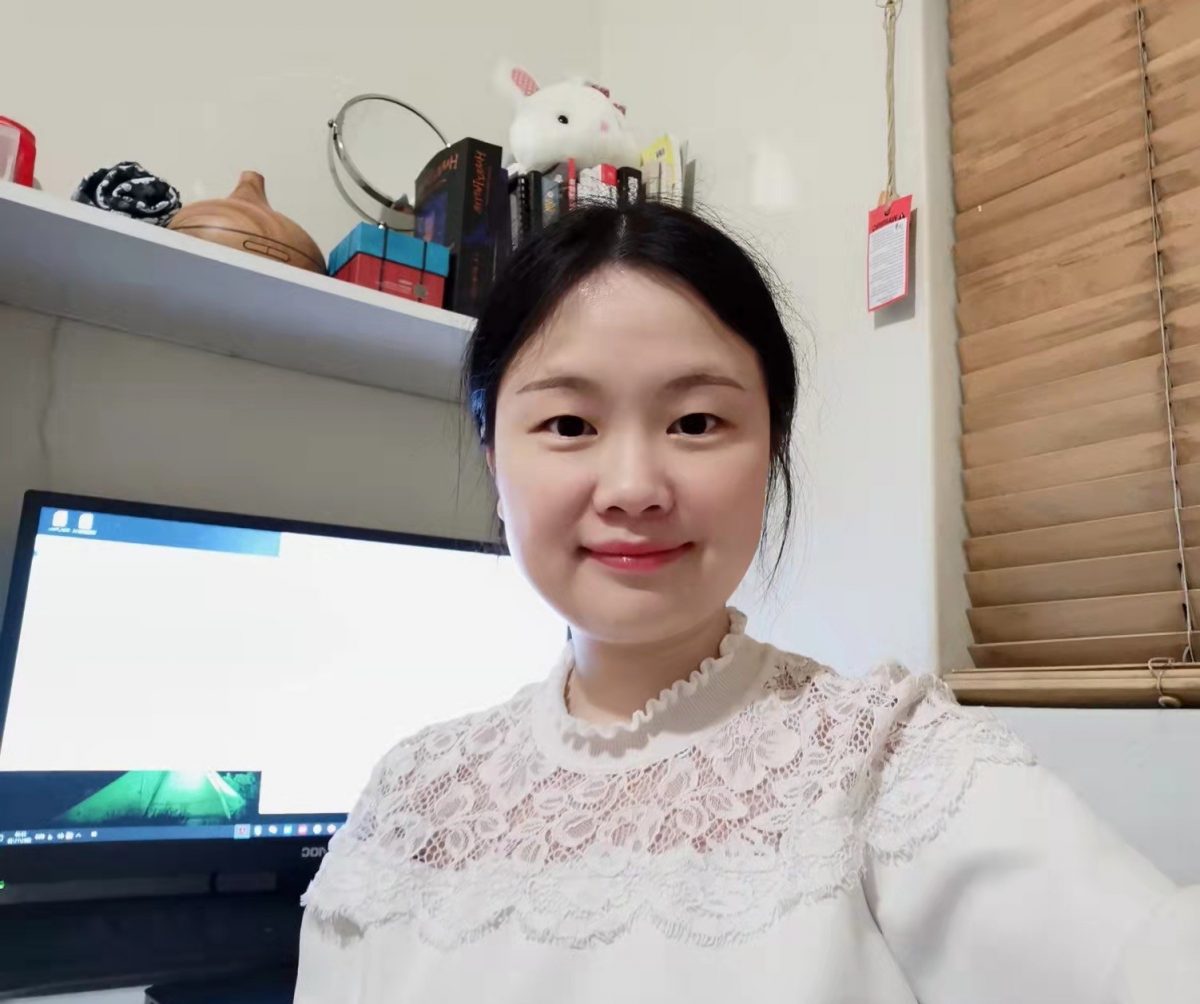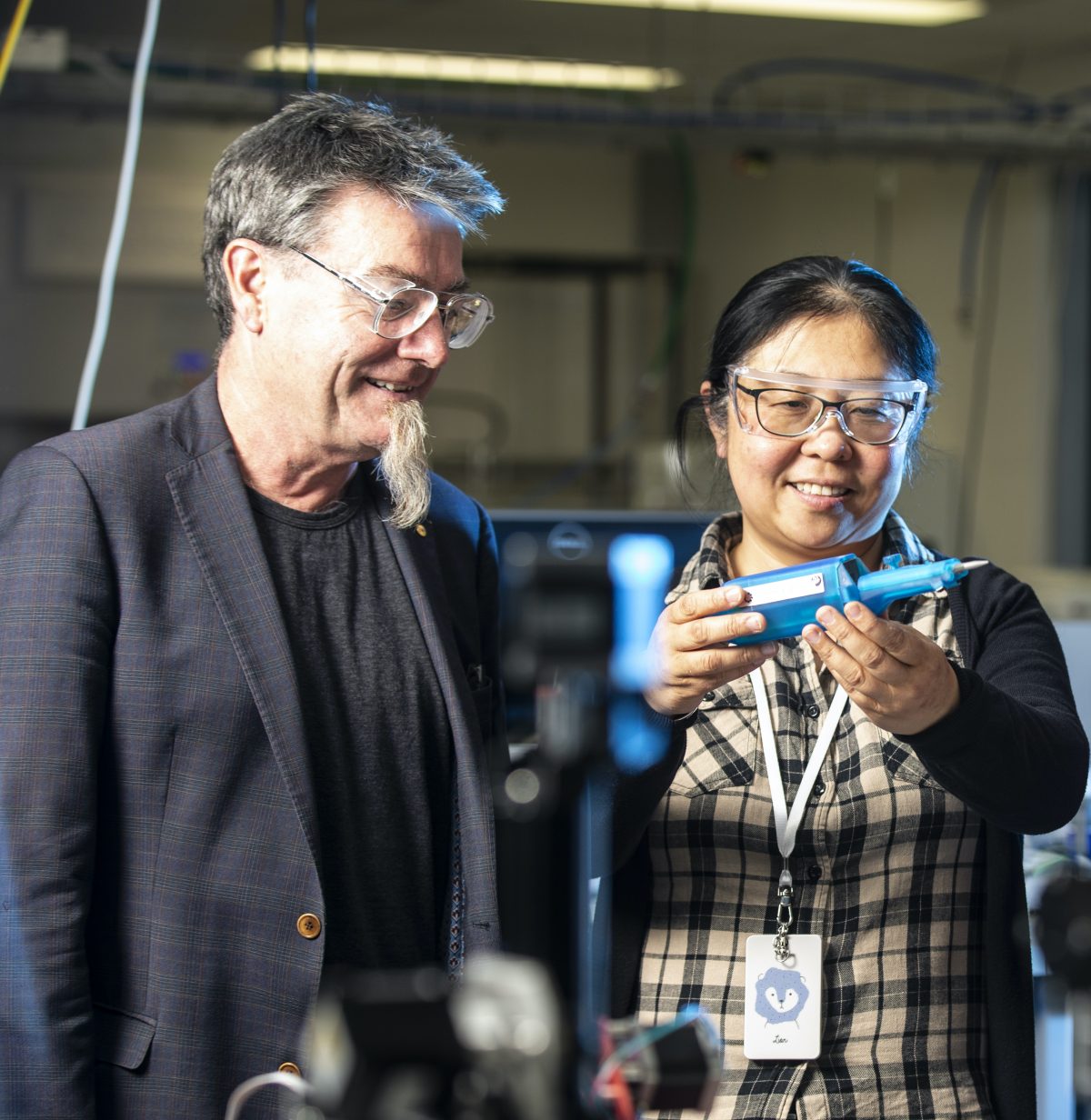News
3D printing bone tissue
Jun 28 2022
Researchers have used 3D bioprinting processes to produce cellular scaffolds with excellent mechanical properties and inner microchannels suitable for tissue engineering.

Ying Zhou.
In a paper published in the quarterly journal Biofabrication, researchers from the ACES University of Wollongong (UOW) node report testing a functionalised ink system to produce tough and elastic skin regeneration scaffolds with built-in microchannels that simulate the vascular structure. The team also designed a skin model to evaluate the cytocompatibility of the scaffolds, meaning the scaffolds are compatible with living cells.
“The results suggest the 3D printing platform developed here provides a platform for skin regeneration and could be explored further to engineer functional skin tissue by incorporation of other types of cells,” the paper’s lead author, biochemist and PhD candidate Ying Zhou, said.
The team used catechol-hyaluronic acid (HACA) and alginate to produce elastic and tough biopolymer-based double network (DN) hydrogels as the mechanical support of the constructs. Fibrinogen was used to encapsulate cells and form the soft gel component in the constructs. Gelatin was used as a sacrificial material to form micro-channels in the constructs to facilitate the exchange of nutrients and metabolic products.

Contributing authors Prof Gordon Wallace (left) and Dr Zhilian Yue (right).
“The printed structure demonstrated high elasticity and provided a higher proliferation rate for human dermal fibroblasts (HDFs) than the structure without inner channels. Skin cells seeding on the scaffolds formed a double-layered skin-like structure and expressed specific proteins found in both native dermal and epidermal skin layers,” Ying said.
“The results suggested that the formulation and fabrication approach reported here is promising for skin regeneration. Further in vitro and in vivo studies and combinations of the construct with other cell types such as endothelial cells and neural cells can be conducted in order to expedite application in developing skin grafts with improved biological functions.”
3D bioprinting technology has advanced skin regeneration science significantly in the past decade but it remains a great challenge to fabricate structures that mimic the complexity of native tissue, including both the biomechanics and microscale internal structure. Bio scaffolds (with or without cells) are in high demand in clinical settings for repairing or replacing damaged tissue. cell-laden scaffolds that can mimic native tissue are also of great value for drug screening or other fundamental studies.
Ying Zhou is a recipient of two scholarships – an International Postgraduate Tuition Award (IPTA) and a University Postgraduate Award (UPA) – from the University of Wollongong. Ying completed this research and paper alongside PhD candidate Yuchao Fan, Dr Zhi Chen, Senior Research Fellow Dr Zhilian Yue and ACES Director Prof Gordon Wallace.
“These fundamental studies build a knowledge base that allows us to more effectively plot our path to use with our clinical collaborators,” Prof Wallace added.
This research was conducted with the support of the Australian National Fabrication Facility Materials Node (ANFF).
The paper, Catechol functionalized ink system and thrombin-free fibrin gel for fabricating cellular constructs with mechanical support and inner micro channels, can be found online.













